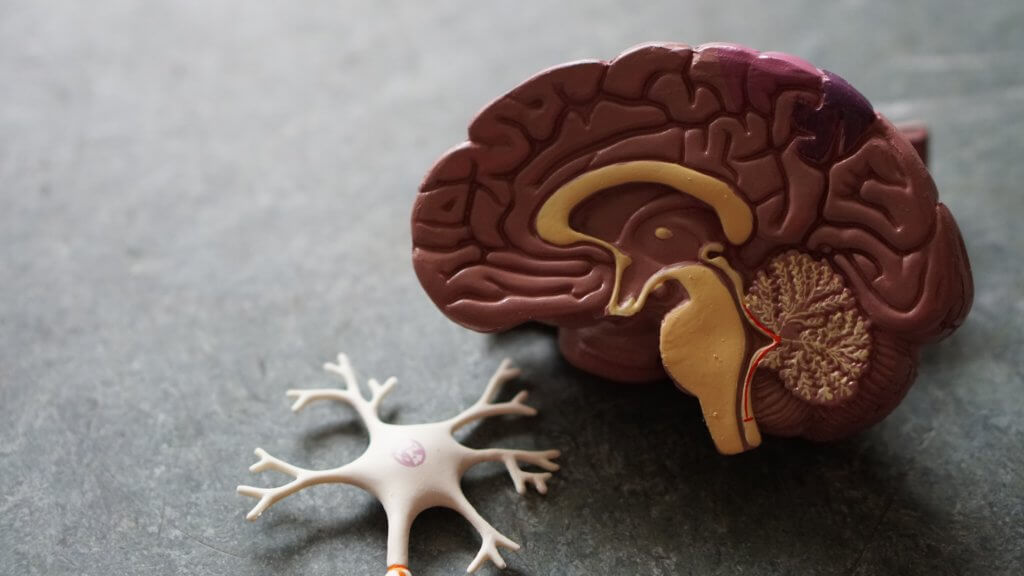Researchers have identified a previously unknown factor contributing to brain hemorrhages that doesn’t involve injury to blood vessels, challenging previous assumptions. The study sheds light on the role of interactions between aged red blood cells and brain capillaries in the formation of cerebral microbleeds, offering new insights into prevention and treatment strategies.
The findings, recently published in the Journal of Neuroinflammation, showcase the team’s ability to observe the process leading to cerebral microbleeds. This phenomenon is associated with various conditions prevalent in older adults, including Alzheimer’s disease, hypertension, and ischemic stroke.
Dr. Mark Fisher, co-corresponding author and professor of neurology at UCI’s School of Medicine, emphasized the study’s significance in understanding the mechanism behind cerebral microbleeds. “Our findings may have profound clinical implications, as we identified a link between red blood cell damage and cerebral hemorrhages that occurs at the capillary level,” he said in a statement.
The researchers exposed red blood cells to tert-butyl hydroperoxide, inducing oxidative stress. These marked cells were then injected into mice. Using two distinct methods, the team observed the red blood cells becoming trapped in brain capillaries, initiating the process of endothelial erythrophagocytosis. As the cells exited the capillaries, microglia inflammatory cells engulfed them, leading to the formation of a brain hemorrhage.
Co-corresponding author Xiangmin Xu, UCI professor of anatomy & neurobiology, highlighted the unexpected discovery: “It has always been assumed that in order for cerebral hemorrhage to occur, blood vessels need to be injured or disrupted. We found that increased red blood cell interactions with the brain capillaries represent an alternative source of development.”
This breakthrough opens avenues for further research into the regulation of brain capillary clearance and its potential connection to insufficient blood supply and ischemic stroke, the most common form of stroke. The collaborative effort involved researchers from various institutions, emphasizing the study’s multidisciplinary approach.
“We need to examine in detail the regulation of brain capillary clearance and also analyze how that process may be related to insufficient blood supply and ischemic stroke, which is the most common form of stroke, to help advance the development of targeted treatments,” said Rachita Sumbria, co-first author and associate professor at the Chapman University School of Pharmacy.
The research was conducted with support from the National Institute on Aging and the National Institute of Neurological Disorders and Stroke, underscoring the collaborative efforts to advance our understanding of cerebral microbleeds and potentially revolutionize treatment approaches.












